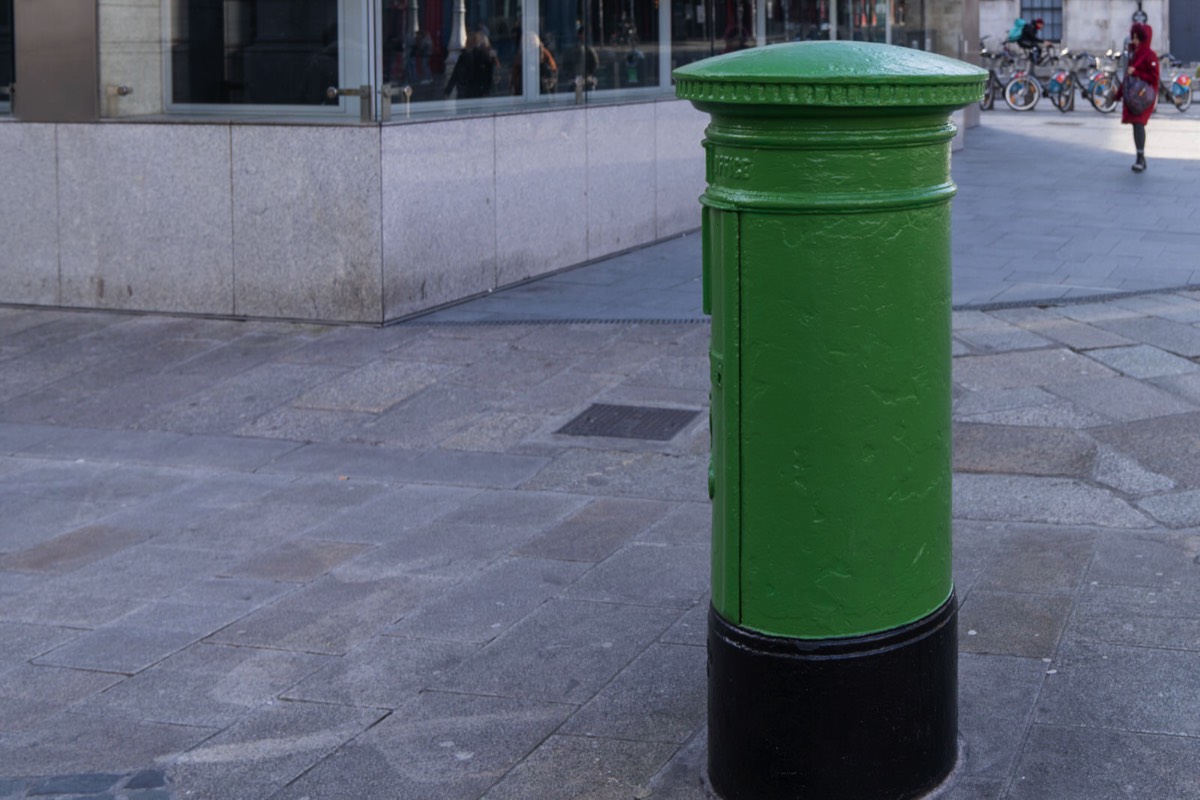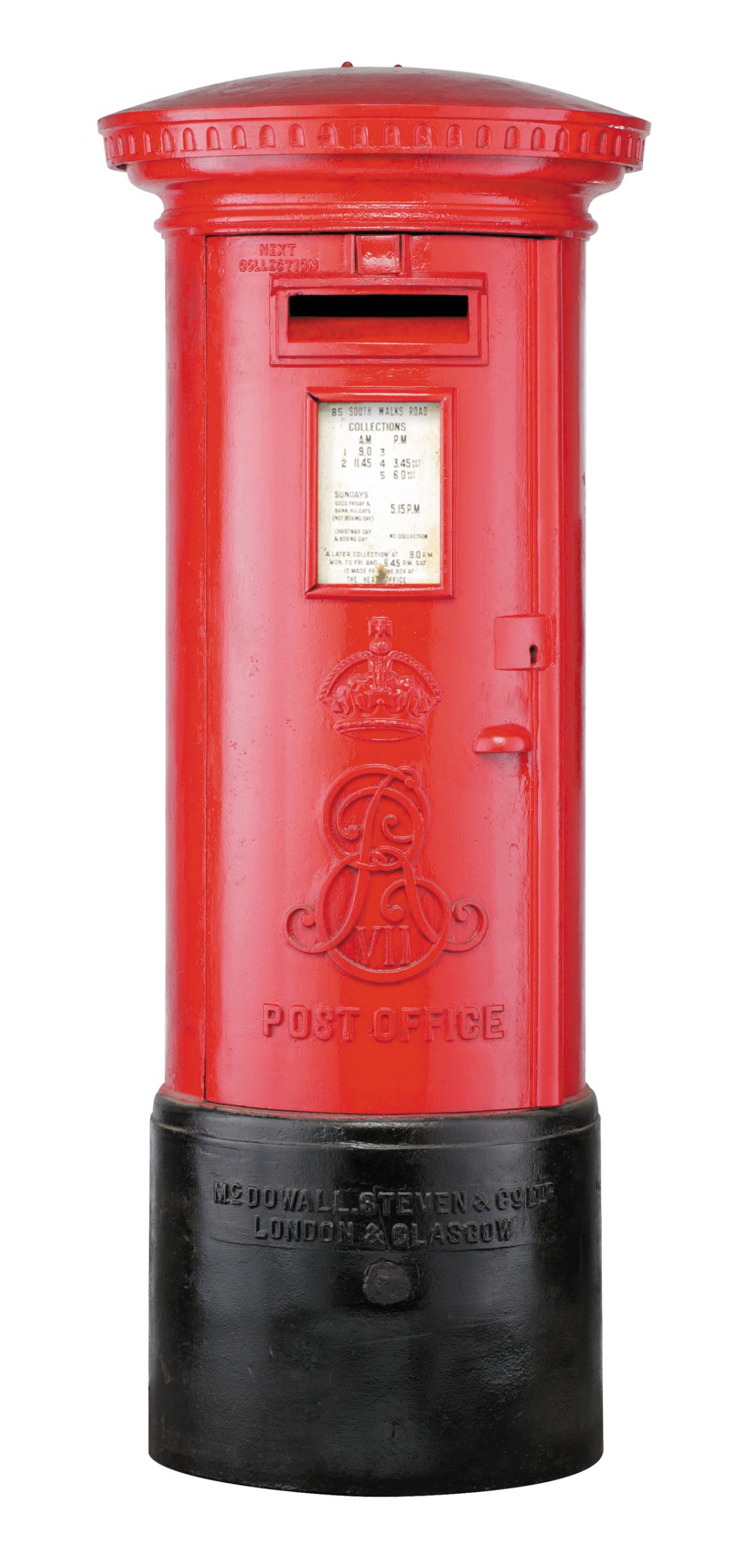The Canadian electoral system is based on a parliamentary system of government, modelled on that of the United Kingdom.
Federal parliament[edit]
The Parliament of Canada consists of:
Learn now how to rent a PO box, available box sizes, how much does a PO box cost, how to get a po box online or in-person, and why should you get one. It's like Spotlight on the Mac but built for everyday email actions. Move or copy messages, switch folders, tag or label messages, or navigate across folders by typing a few keystrokes. Move mountains of messages. Postbox supports a full suite of keyboard shortcuts, an extensive set of filters/rules, and intuitive swipe actions on macOS to. Watch NBA Games - Follow the game, scores and stats for NBA matchups. The First Generation Box Set will be limited to 5,000 copies worldwide, and will be released on January 29th, 2021 on the. Post not marked as liked1. For other uses, see Mailbox. Post boxes in Australia The yellow box is for express mail.
- The sovereign (represented by the Governor General)
- An upper house (the Senate), the members of which are appointed by the Governor General on the recommendation of the Prime Minister
- A lower house (the House of Commons), the members of which are chosen by the citizens of Canada through federal general elections.

Elections Canada is the non-partisan agency responsible for the conduct of elections in Canada, including federal elections, by-elections and referendums. It is headed by the Chief Electoral Officer.
Representation in the House of Commons[edit]
Representation in the House of Commons is based on electoral districts, also known as constituencies or ridings. Each riding elects one member to the House of Commons, and the number of ridings is established through a formula set out in the Constitution.
Riding boundaries are established by independent commissions, and take into account:
- social links
- economic links
New commissions are set up every ten years to make any necessary revisions to existing boundaries, following criteria defined in the 'Electoral Boundaries Readjustment Act. The process of redefining electoral boundaries is called 'redistribution', and the results are recorded in a 'representation order'. The Representation Order of 2003 set the number of ridings at 308.

Electoral method[edit]
First past the post[edit]
Canada's electoral system is referred to as a 'first past the post' system. The candidate with the most votes in a riding wins a seat in the House of Commons and represents that riding as its Member of Parliament (MP). The Governor General asks the Members of Parliament to form a government, which is normally the party whose candidates have won the most seats; that party's leader generally becomes Prime Minister. An absolute majority of the electorate is not needed, and is rarely achieved. As a result, power has been held by either of two parties for most of Canada's history. The party whose candidates win the second largest number of seats becomes the Official Opposition.
Turnout[edit]
Voter turnout fell dramatically between 1962 (79%) and 2011 (61.4%). The Gallagher Index of disproportionality for Canadian federal elections in that period has ranged from 6.26 to 20.91, in line with some of its comparables — Australia, New Zealand and United States (Presidential electoral college), but significantly higher than many others as for example Belgium, Germany, Ireland, United States (House) and the Scandinavian countries.[1]
Timing of election[edit]
Historically, the Prime Minister could ask the Governor General to call an election at virtually any time, although one had to be called no later than five years after the return of the writs under section 4 of the Canadian Charter of Rights and Freedoms. In 2007, the Conservative Parliament passed an act requiring fixed election dates in Canada every four years.[2] This law does not curtail the power of the Governor General to dissolve Parliament at any time, as was done for the 2008 election at the request of Prime Minister Stephen Harper.
If a government loses a 'confidence' motion traditionally the Prime Minister will ask the Governor General to call an election. The Governor General when approached by the Prime Minister who has lost a vote of confidence will traditionally call an election. However it is not assured as some assume. The Governor General also has the right to call the leader of the party they think would be most likely to be able to form government and ask them if they can form the government. This happened in 1926 and is referred to as the King-Byng Affair.
Running for office[edit]
Any number of candidates may run for election in an electoral district, but each candidate may only run in one district, either independently or under the banner of a political party. Each party may endorse only one candidate per riding. Candidates who run for election without party affiliation may be designated as 'independent' or as having 'no affiliation'.
A political party is a group of people who together:
- Establish a constitution and by-laws
- Elect a leader and other officers
- Endorse candidates for election to the House of Commons.
To obtain the right to put the party name on the ballot, under the names of the candidates it endorses, a political party must register with the Chief Electoral Officer. At the 2008 election, there were 19 registered political parties operating at the federal level in Canada. See List of political parties in Canada.
Governing party[edit]
When Was The First Post Box Created
After an election, the party with the most elected representatives usually becomes the governing party. The leader of this party is then summoned by the governor general and sworn in as Prime Minister of Canada shortly after the election concludes. The party with the second largest number of MPs is called the 'Official Opposition'. All the elected candidates have a seat in the House of Commons, where they vote on draft legislation (called 'bills') and thus have an influence on government policy.
Right to vote[edit]
All citizens (18 years and older) have the right to a voice in choosing their parliamentary representatives. Canada's electoral law requires the Chief Electoral Officer to inform the public about the system and about individual rights under that system, and to remove obstacles that may make voting difficult for some.
Information to voters[edit]
Post Box Ireland
During an election, Elections Canada informs Canadians about their right to vote, how to get on the National Register of Electors and the voters list, and where and how they can vote. Its public information activities include
- News releases.
- Advertisements in newspapers and on television and radio, brochures, posters.
- A toll-free telephone inquiries center.
- A website.
- Meetings with community and ethnocultural groups.
Between elections, the agency publishes additional background information for the public, keeps its telephone enquiries centre and website open to answer questions, and works with educators to encourage young people to vote when they become eligible (18 years and older).
Voting accommodations[edit]
Helping to remove obstacles to voting is an important part of Elections Canada's work. Voters who are not able to vote on polling day can vote at the advance polls. A mail-in special ballot is available for Canadians who are away from their ridings, traveling or temporarily resident overseas. Even Canadians in their own ridings during the election period may use the special ballot if they do not wish to go to a Polling Station. In special cases, electors with a disability may vote at home, in the presence of an election officer. Mobile polls serve voters living in certain institutions, such as nursing homes for people who are elderly or who have a disability.
Wherever possible, election officers at polling stations speak both official languages (English and French). In addition, a deputy returning officer can appoint and swear in an interpreter to help communicate with a voter.
All votes are made on the same standard heavy paper ballot which is inserted in a standard cardboard box, furnished by Elections Canada. The ballot and the box are devised to ensure that no one except the elector knows the individual choice that was made.

See also[edit]
References[edit]
- ^'The Gallagher Index'(PDF). tcd.ie. Retrieved 2017-06-23.
- ^'Elections Canada'. Elections.ca. Retrieved 2012-10-10.
External links[edit]
